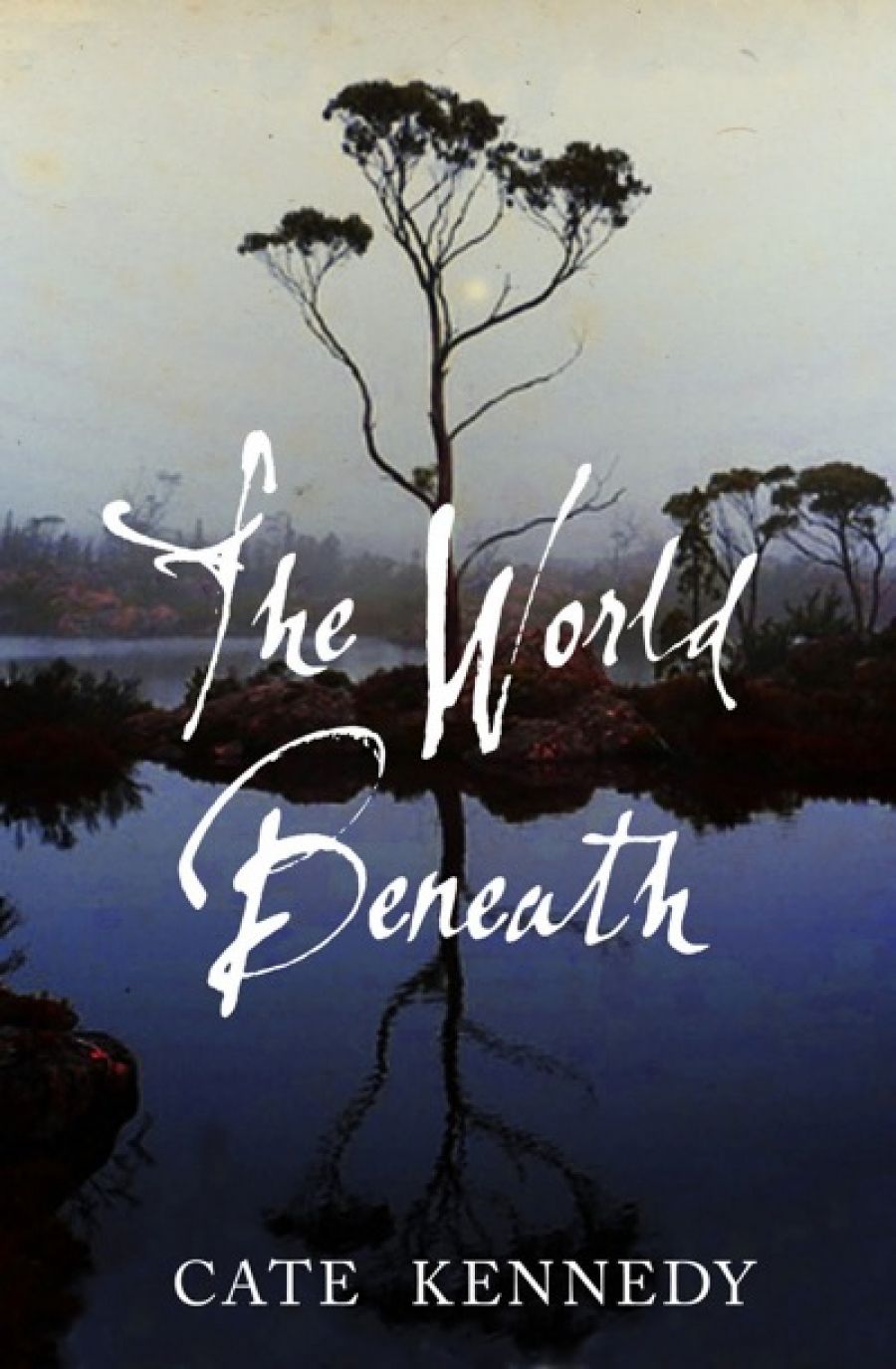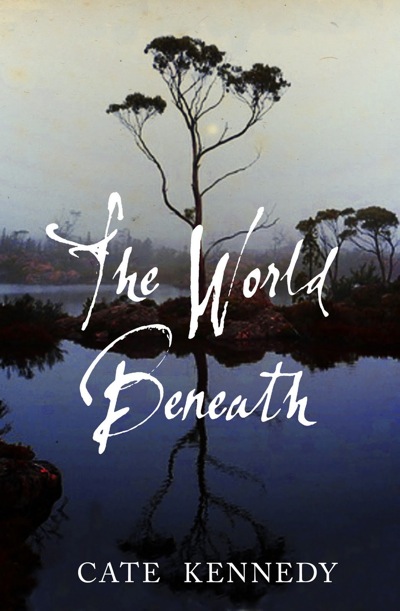
- Free Article: No
- Contents Category: Short Stories
- Review Article: Yes
- Article Title: Tightrope transition
- Online Only: No
- Custom Highlight Text:
Cate Kennedy’s début collection, Dark Roots (2006), marked a change in publishers’ thinking about the commercial potential of short stories, and helped create the atmosphere in which Nam Le was signed up for his bestselling collection, The Boat (2008).
Kennedy was well known in literary circles before her book was published; she has won several of Australia’s leading short story competitions, including the Age Short Story competition twice. Dark Roots gained her a public following and cemented her status as one of Australia’s most accomplished writers, regardless of genre. The stories in Dark Roots are master classes in style and precision: a series of lives intimately sketched by way of carefully chosen, closely observed detail and elegant metaphors. Now readers will see how Kennedy manages the tightrope transition to the long form in her first novel, The World Beneath.
- Book 1 Title: The World Beneath
- Book 1 Biblio: Scribe, $32.95 pb, 342 pp
- Book 1 Cover Small (400 x 600):

- Book 1 Cover (800 x 1200):

Sandy and Rich, long separated, first met while protesting against the proposed Franklin Dam in Tasmania, and separated nearly ten years later when their daughter, Sophie, was a baby. ‘Other kids had The Three Bears every night of their childhoods, she had the Franklin River Blockade’, reflects a knife-sharp, teenaged Sophie. Rich has seen Sophie once since he left. On Sophie’s fifteenth birthday, he proposes a ten-day, father–daughter hiking trip in the Tasmanian wilderness. The trip will be another defining moment in all their lives, for manifold reasons.
Kennedy crawls expertly inside the skin of her three central characters, assembling word pictures from telling details that enable us to know them better than they know themselves, and avoiding the novelist’s trap of sacrificing nuance to secure the reader’s sympathy. Sandy and Rich are intensely self-absorbed, curiously adolescent creations. Though in their forties, they are still submerged in the process of self-invention, still consciously defining themselves against their parents. Fifteen-year-old Sophie is more attuned to the world around her than her parents are: ‘a steady observer ... so steady it was like she was watching you think.’
This characteristic makes her an apt stand-in for the author, coolly dissecting her parents on our behalf. But it makes sense, too: she is partly this way because she has to be; the sensible, organised counterpart to her flighty mother, despite the eye-catching ‘emo Goth’ costume the teenagers of her small town adopt in knee-jerk rebellion against their hippie parents.
The World Beneath skewers the same contemporary sacred cows as the recent bestseller Stuff White People Like, a book that slyly reveals the irony at the heart of inner-urban middle-class culture: everyone desperately trying to express their individuality by embracing the same ‘unique’ trends. (‘Whatever else she went away thinking about him, it wouldn’t be that he was ordinary’, vows Rich.) But Kennedy doesn’t play it for laughs; she uses these observations to question the way consumer culture feeds into our lives and our identities, and the insidious effects of the anxiety it spawns. Her characters construct themselves from the self-conscious consumer choices they make: ‘wilderness’ travel in picturesque remote locations, ‘edgy’ hair and make-up, quests for spiritual enlightenment, organic food, even the pursuit of the perfect birth.
The representation of reality is an ongoing theme. Kennedy subtly draws attention to her own artifice and the conventions of storytelling through the choices that photographer Rich makes in constructing his works: the selection of particular vistas; the framing of the photographs; tweaking found details to make them more perfect. All of the characters are anxious to present a palatable version of themselves to the world, but Rich is the most extreme example, compulsively inventing details that he thinks will impress others. In one particularly poignant moment, he brags to Sophie about loving dark organic chocolate and she marvels that ‘[after] fifteen years of wondering ... this was the first time she actually knew something he liked’.
Insecurity is what drives these characters and what keeps them apart: preoccupation with being good enough, fear of missing out, hesitation to see problems for fear of not being adequate to the task of fixing them. It is only when they are pushed to the brink that their carefully constructed layers of artifice dissolve, allowing them to see themselves and each other, and to genuinely connect. These characters are by no means perfect, but perhaps that’s the message: we don’t need to be perfect, what matters is that we honestly try.
The World Beneath lacks the polish of Kennedy’s short fiction, the sense that not a word is wasted. It is sometimes difficult to be swept up in the characters and the narrative, to lose sight of the construction. But the Kennedy trademarks – gracefully inhabiting her characters, deft use of metaphor and detail, subtly injecting big-picture social comment into individual lives – are again apparent. This is a thought-provoking journey into contemporary Australia; an impressive début novel.


Comments powered by CComment